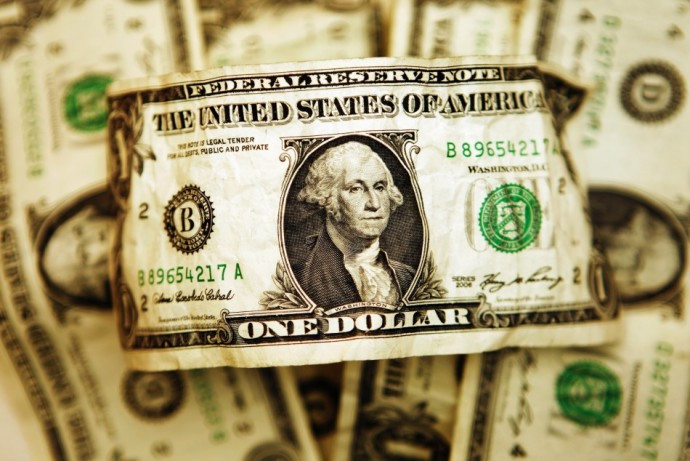Is the US recession well and truly over? EIG report reveals it depends where Americans live

One would think America's 2008 recession is long dead, but a community's recovery is largely dependent on its zip code. "Place matters," says a report from the Economic Innovation Group (EIG), a research organization founded by tech executives.
"The American Dream is predicated on the idea that anyone from any place or background can climb to the highest rungs of the economic ladder. But there is a growing body of evidence that the more time an individual spends living in a distress community — especially at childhood — the worse that individual's lifetime chances of achieving economic stability or success."
The nation's top, fully recovered and thriving zip codes are in the midst of an "economic boom," says the EIG report. But in the communities struggling the most, where nearly 25% of the population has only a high school education, 55% of adults are not working.
People in these areas are largely unaware of any recovery as they continue to struggle in an ongoing economic downturn. "Large swaths of the country are being left behind by economic growth and change," notes the report.
Most troubling is the "recovery gap" creating two Americas. "The recovery gap stands out as particularly urgent and alarming because it suggests that well-being will continue to worsen for residents of locales that are locked in a downward spiral," the report states.
Most of the distressed zip codes are in the South, particularly in rural areas. Of the 50.4 million people living in the most distressed ZIP codes, 52% live in the South, even though the region contains just 37% of the nation's population. Mississippi has the highest percentage of residents in distressed areas of any state. It is the only region where residents of distressed zip codes outnumber residents of prosperous zip codes.
But while struggling communities are largely concentrated in the South, the prosperous communities are more widely dispersed. California has the largest number of people in prosperous zip codes (10 million, 27% of the population), but South Dakota has the largest percentage of its population in wealthy zip codes.
The good news is that 84.4 million people — more than 27% of the U.S. population — live in the most prosperous one-fifth of zip codes. Texas has the most people living in distressed ZIP codes (5.2 million) but also has the second-highest number living in prosperous areas (8 million).
The country's most prosperous cities tend to be affluent locales on the fringes of burgeoning locales in the middle of the country or California, and are disproportionately concentrated around places like Dallas, Denver, Houston, Los Angeles, Minneapolis and the Bay Area.
As for much of the rest of the communities between the top and bottom, economic growth has been unimpressive, according to the report. "Most American communities are not distressed, but they are far from flourishing. Jobs grew at less than half the national rate in the median US zip code over the recovery years. The number of businesses in the median community remained flat."
The report calculated what it calls a "distressed community index" using seven metrics: housing vacancy rates, the number of adults working, the poverty rate, median income, the number of people with high school degrees, the change in employment and the rate of business formation.
© Copyright IBTimes 2025. All rights reserved.






















